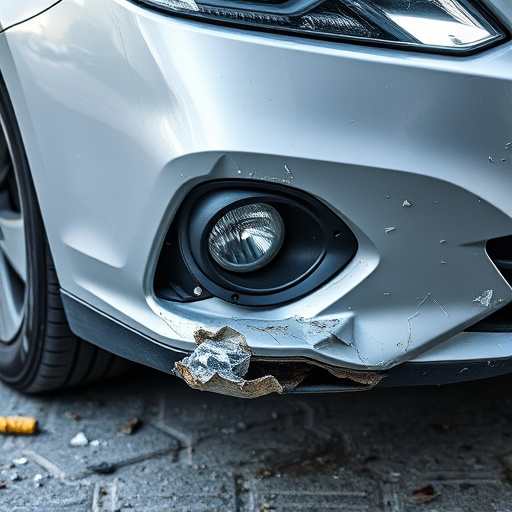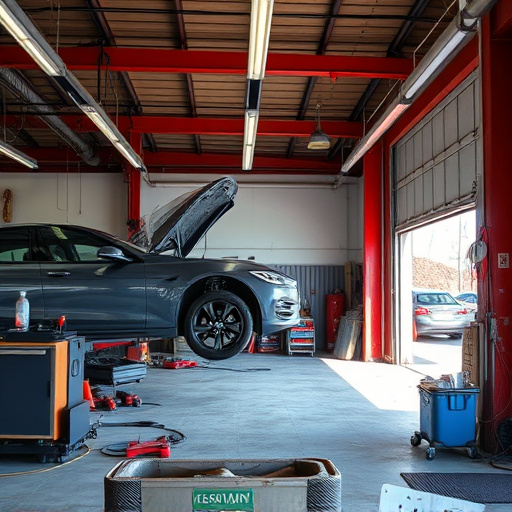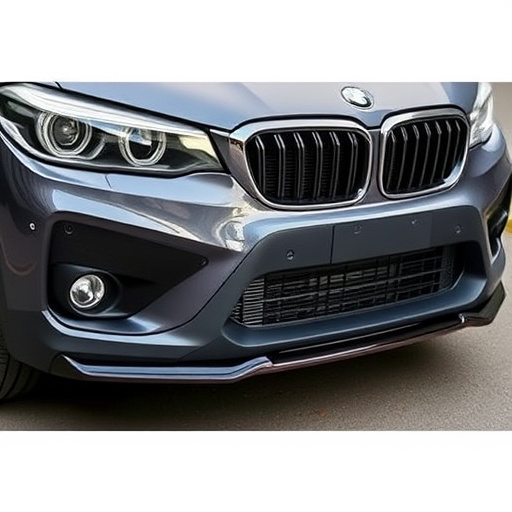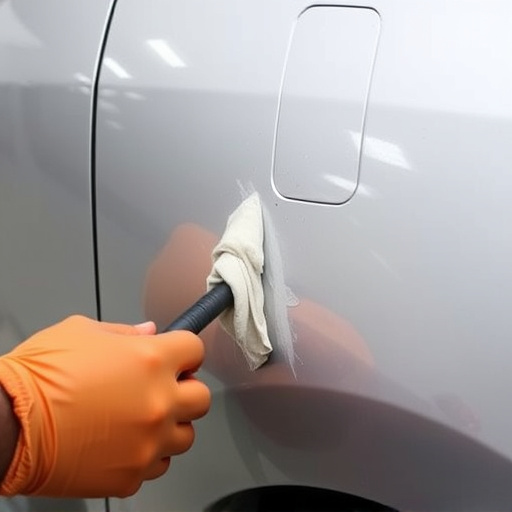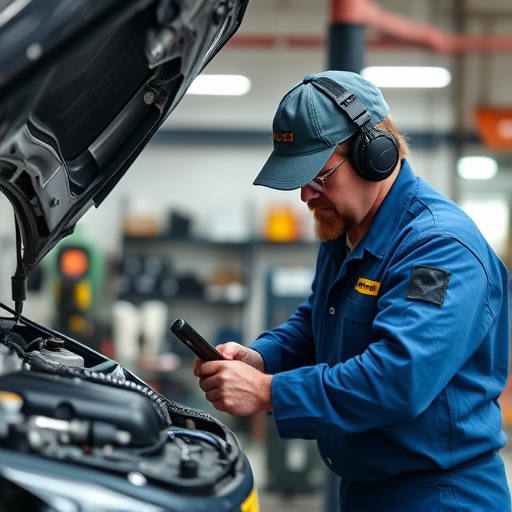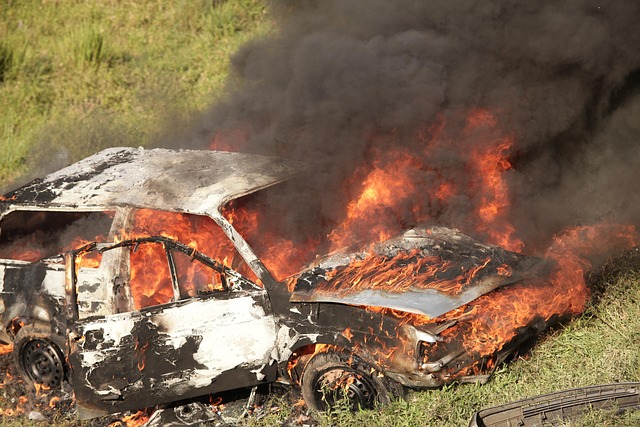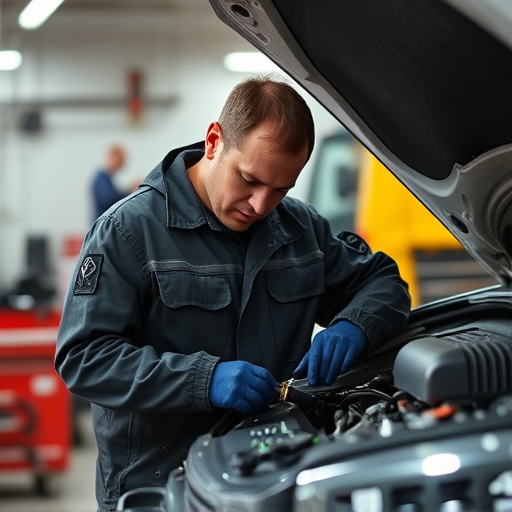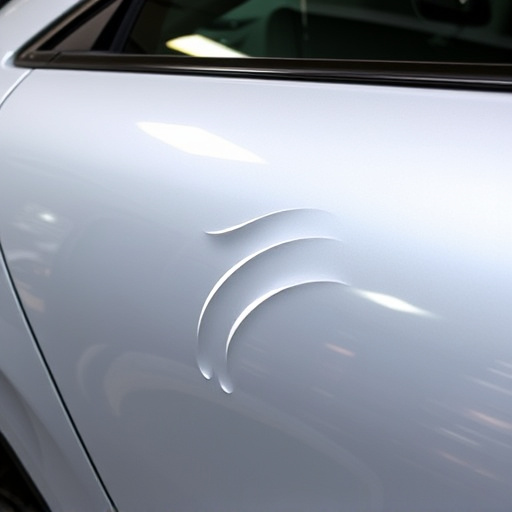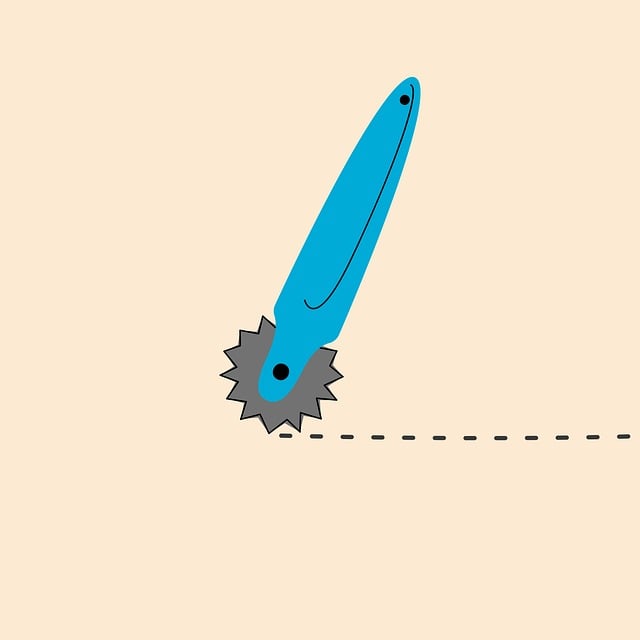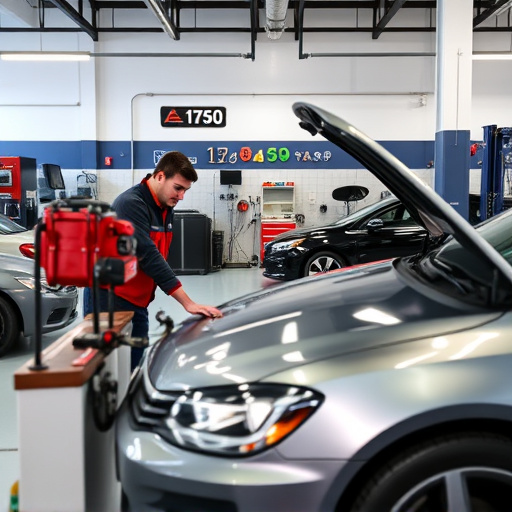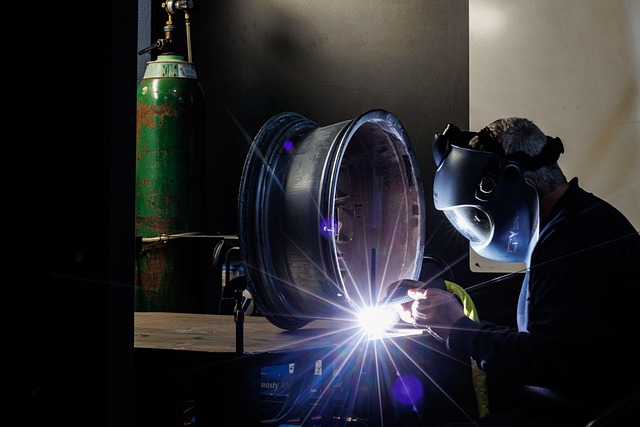Rear-end collisions frequently cause significant driveshaft damage, impacting vehicle safety and performance. Prompt diagnosis by experienced technicians is crucial for efficient repair, preventing further issues. Reputable auto shops offer specialized driveshaft collision repair, including realignment, part replacement, and restoration, ensuring vehicles return to pre-accident condition with enhanced safety and drivability.
In the aftermath of a rear-end collision, understanding the potential impact on your vehicle’s drivetrain is crucial. This article explores the intricate link between rear-end collisions and driveshaft damage, delving into common causes and the significant effects on safety and performance. We’ll guide you through identifying subtle signs of driveshaft damage, emphasizing effective collision repair strategies to restore drivability and ensure your vehicle’s longevity. Learn how prompt action and professional restoration techniques are vital in mitigating risks associated with this critical component.
- Understanding Rear-End Collisions: Common Causes and Impact
- Identifying Driveshaft Damage: Signs and Symptoms
- Effective Collision Repair: Restoring Drivability and Safety
Understanding Rear-End Collisions: Common Causes and Impact
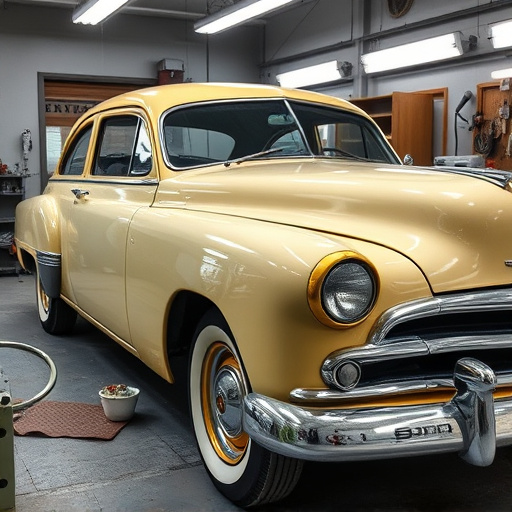
Rear-end collisions, as the name suggests, occur when a vehicle hits another from behind. These types of accidents are quite common on roads worldwide and can range in severity from minor fender benders to severe, life-threatening incidents. Common causes include driver distraction, speeding, following too closely, or failure to yield. In many cases, rear-end collisions result in damage to the vehicle’s rear end, including the driveshaft, a critical component connecting the engine to the wheels.
The impact of a collision can cause various issues with the driveshaft, from cracks and fractures to complete disintegration. A damaged driveshaft can lead to significant operational problems for the vehicle, affecting its ability to transmit power and maneuver smoothly. For example, a Mercedes Benz collision repair might involve addressing such damages, ensuring that the vehicle is restored to its optimal performance through meticulous auto painting and car restoration processes.
Identifying Driveshaft Damage: Signs and Symptoms
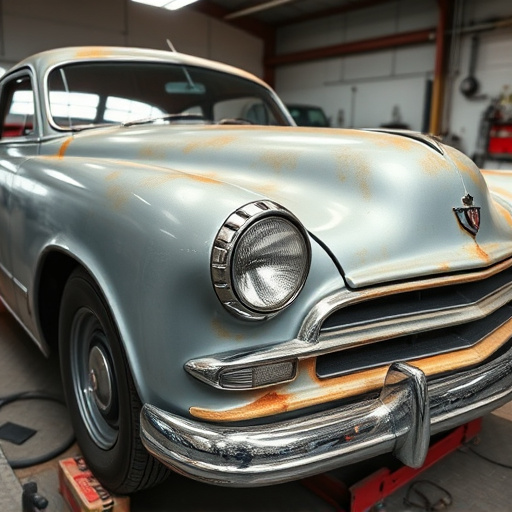
Identifying driveshaft damage is crucial after a rear-end collision as it can significantly impact vehicle safety and performance. Signs of driveshaft damage may include unusual vibrations or shaking while driving, particularly at lower speeds. You might also notice a loss in engine power or a humming or grinding noise coming from the drivetrain. The steering wheel may also vibrate excessively when turning. These symptoms could indicate issues like bent or fractured shafts, loose couplings, or bearing damage.
A reliable auto repair shop equipped with experienced technicians can thoroughly inspect your vehicle for these signs and provide accurate driveshaft collision repair. If left unaddressed, damaged driveshafts can lead to more serious problems, compromising the safety of both the driver and passengers. Prompt attention from a reputable vehicle body shop is essential to ensure safe and reliable transportation following a rear-end collision.
Effective Collision Repair: Restoring Drivability and Safety
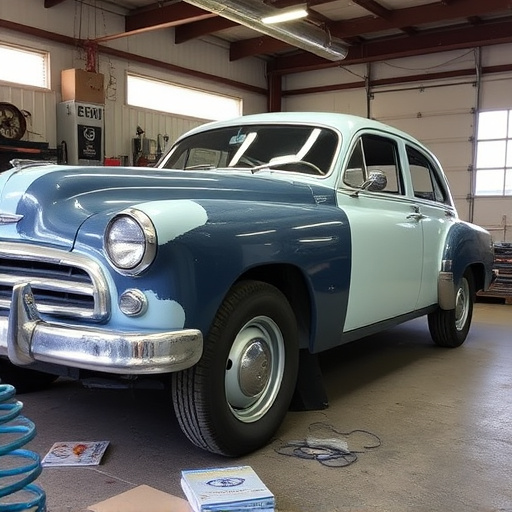
Effective collision repair is paramount when addressing rear-end collisions, as it’s not just about aesthetics but ensuring drivability and safety. Skilled automotive body shops employ precise techniques for driveshaft collision repair, going beyond mere dent removal to address structural integrity. These professionals utilize specialized equipment and expertise to realign components, replace damaged parts, and restore the vehicle’s original performance.
Choosing a reputable automotive body shop offering fleet repair services can make all the difference in a successful driveshaft collision repair. Their experience in handling various vehicle makes and models ensures your car is restored to its pre-accident condition, guaranteeing both safety and peace of mind on the road.
Rear-end collisions, while often minor in appearance, can cause significant damage to a vehicle’s drivetrain, particularly the driveshaft. Prompt and effective collision repair is crucial not only for restoring drivability but also ensuring the safety of future trips. By understanding common causes, identifying signs of driveshaft damage, and prioritizing comprehensive collision repair, folks can navigate this complex issue and return to the road with confidence.


